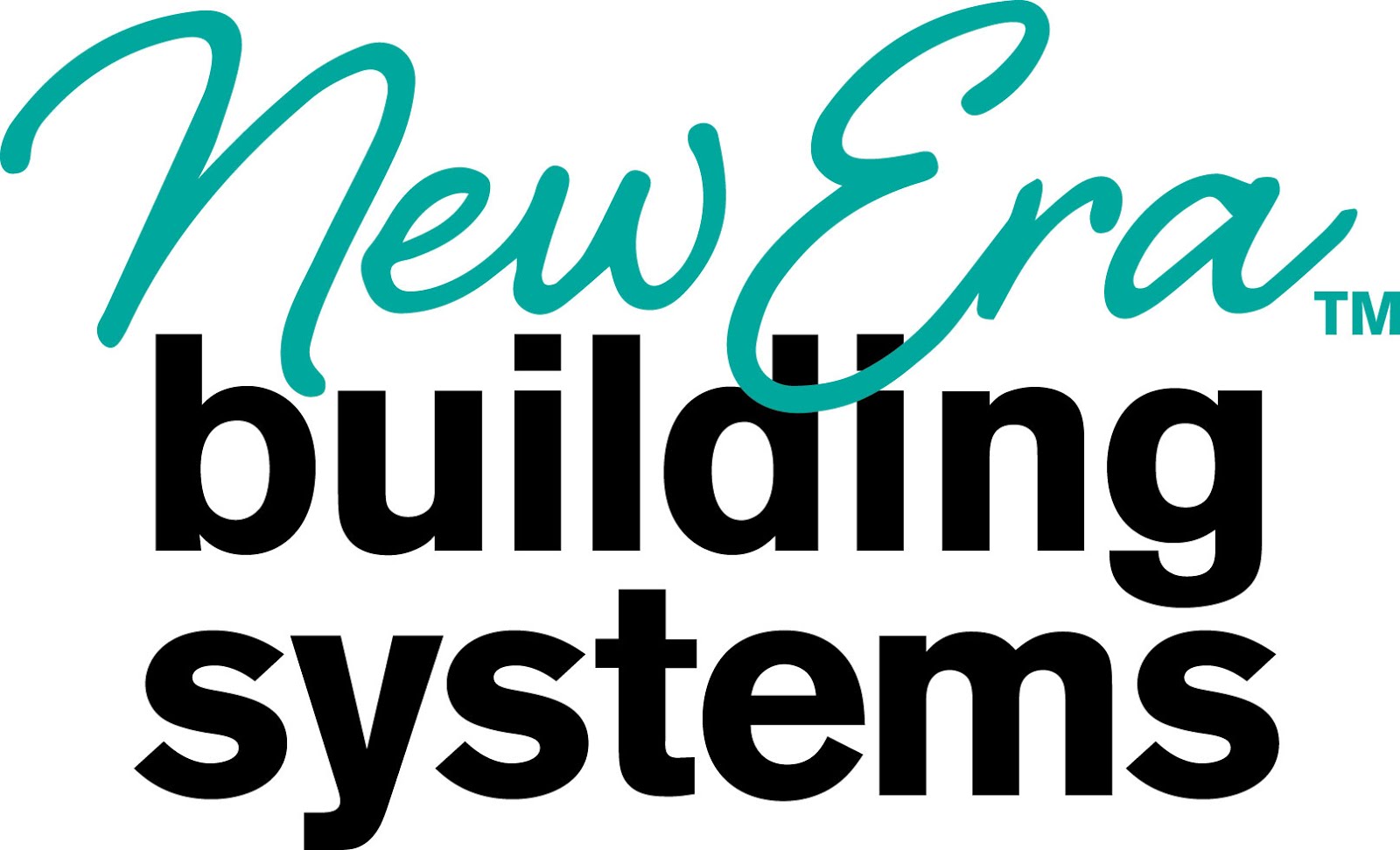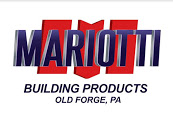(A Foolproof Guide to Failing Spectacularly in Modular Construction)
So, you want to start an offsite construction factory? Congratulations! The industry needs innovation, and there’s plenty of opportunity out there. But let’s be real—most new modular factories don’t make it.

Why? Because they make the same dumb, predictable mistakes that turn a promising idea into an expensive lesson in what not to do.
If you’re feeling reckless and want to watch your factory fail in record time, just follow these five easy steps. Or, if you actually want to succeed, take this as a warning of what not to do.
1. Assume There’s a Huge Market for Your Product Without Actually Checking
Who needs market research when you know modular is the future? Just spend millions on a state-of-the-art facility, and surely developers and builders will be lined up at your door, right?
WRONG!
Offsite construction isn’t a build-it-and-they-will-come business. Just because modular works great for some projects doesn’t mean developers trust it, understand it, or even want it.
🔴 How to fail: Skip the due diligence, ignore real-world demand, and bet everything on a gut feeling.
✅ How to succeed: Before you spend a dime, talk to real customers. Find out what they need, how much they’ll pay, and what problems they’re trying to solve.
If no one needs what you’re planning to build, your factory will be a very expensive ghost town.

.
2. Hire Traditional Construction Experts and Expect Them to “Get” Modular
It’s tempting to hire a big-name general contractor or site-built construction manager to run your factory. After all, they know construction!
Yeah, and a commercial airline pilot knows flying—but that doesn’t mean they can just hop into a fighter jet and pull off a perfect landing.
🔴 How to fail: Assume that construction is construction and that offsite and on-site skills transfer seamlessly.
✅ How to succeed: Hire people who understand manufacturing, not just construction. Offsite is about precision, logistics, and efficiency. A factory runs on lean processes, not job-site improvisation.
The worst-case scenario? You build a modular factory that operates like a traditional construction site, complete with delays, wasted materials, and endless rework.
3. Offer Unlimited Customization Because “The Customer is Always Right”
Customers love options, so why not let them customize every detail of their modular unit?
Because customization kills efficiency.
Every successful modular factory thrives on repeatability. If every unit is different, you’re not running a factory—you’re running a really expensive, really slow custom home business.
🔴 How to fail: Say “yes” to every custom request and watch your production line grind to a halt.
✅ How to succeed: Standardize. Create a core set of floorplans, finishes, and features that balance flexibility with efficiency.
Your best customers don’t want infinite options. They want a reliable, cost-effective solution that delivers on time.
4. Blow Through Your Cash Thinking Revenue Will Catch Up
A fancy automated production line, a huge sales team, and a marketing campaign that rivals Tesla’s—what could go wrong?
Everything!
Most factories run out of money long before they hit profitability. Equipment takes time to fine-tune, labor takes time to train, and customers take time to trust a new supplier. If you don’t have a clear financial runway, you’ll be out of business before you even ship your first module.
🔴 How to fail: Spend aggressively, assume sales will take care of themselves, and ignore cash flow projections.
✅ How to succeed: Start lean. Grow as demand grows. Have enough working capital to survive slow adoption and inevitable hiccups.
Remember: Profitability in modular isn’t instant—it’s a long game.
5. Ignore Logistics and Installation—Because That’s “Someone Else’s Problem”
So, you’ve built the perfect modular unit. But guess what? If you can’t transport it, set it, and connect it easily, it’s worthless.
Modular isn’t just about manufacturing—it’s about getting buildings from the factory to the site without disaster.
🔴 How to fail: Focus only on production and assume someone else will handle trucking, permits, and installation.
✅ How to succeed: Plan for logistics from day one. Work with experienced transporters, set crews, and local officials to ensure smooth delivery and placement.

Have you ever seen a module show up late, with damage, and missing the crane it needed to be set that day? Yeah, customers hate that.
Final Thoughts: Want to Fail? Follow These Steps. Want to Win? Do the Opposite.
Starting an offsite factory is hard. But most failures aren’t due to bad luck—they’re due to avoidable mistakes.
If you want to build a sustainable, profitable, and game-changing offsite business:
✔️ Validate your market before building.
✔️ Hire the right mix of factory and construction experts.
✔️ Standardize your product to ensure efficiency.
✔️ Control your burn rate and plan for the long haul.
✔️ Master logistics, because delivery and installation are part of the business.
Avoid these pitfalls, and you’ll stand a chance of building something that lasts.
Ignore them, and you’ll join the long list of “what could have been” modular startups.
Your move!
.
Gary Fleisher, The Modcoach, writes about the modular and offsite construction industry at Modular Home Source.
.
CLICK HERE to read the latest edition
Contact Gary Fleisher












